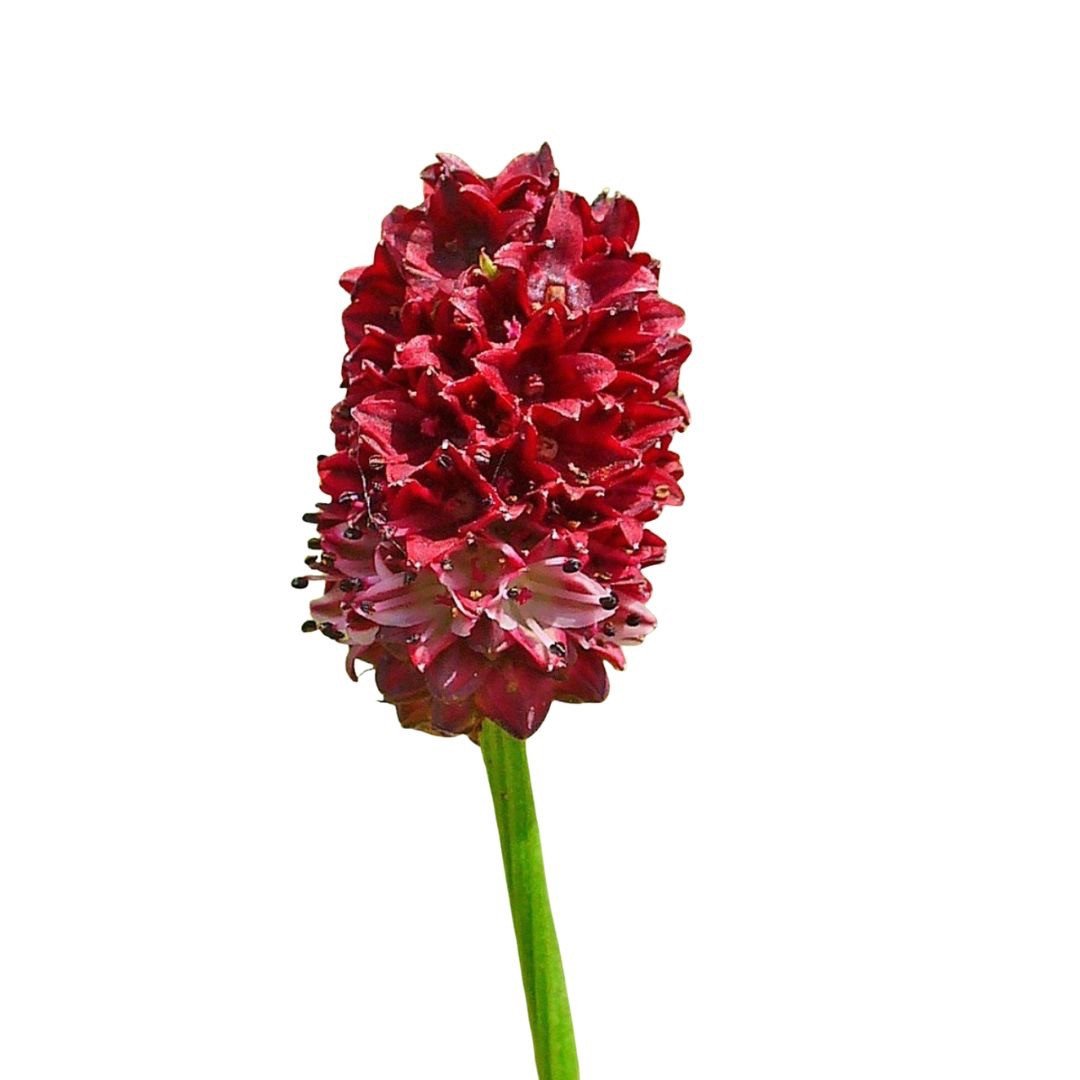Anise

Anise
Sanguisorba
Plant family
Rose family (Rosaceae)
Season Overview
Propagating
Planting
Harvest
Harvest
J
F
M
A
M
J
J
A
S
O
N
D
1ST YEAR
FOLLOWING YEARS
Details
Light requirement
Sunny
Water requirement
Dry
Soil
Medium (loamy)
Nutrient requirement
Low
Light germinator
Germination temperature
15 - 20 °C (Degrees Celsius)
Plant distance
30 cm
Row spacing
30 cm
Seeding depth
0.2 cm
Instructions
Description
Anise (Pimpinella anisum) is a species of the umbelliferae family (Apiaceae). Its seeds are used as a spice in cooking or in medicine. The annual, herbaceous plant reaches growth heights of up to 70 cm/27.6 in. Its white flowers bloom from June to September. From them ripen the fruits. These can be harvested from August to September.
Origin:
Eastern Mediterranean
Growing tips
The soil around the seedlings must be kept weed-free and it can take up to 4 weeks for the plantlets to show themselves. Also, anise is a dark seedling, so plant at least 1 cm/0.4 in deep in the soil. Weeds in the bed must be removed regularly. Thrives well in humus-rich, slightly calcareous and well-drained soil. It is a deep rooter, the roots can grow up to 60 cm/23.6 in deep, so the soil should not be too firm. Only when the pods turn brown should the seeds be harvested, as their aroma is most pronounced then. After harvesting, hang upside down to dry and place a cloth underneath to catch the seeds. The essential oils of anise have a proven repellent effect against aphids and the caterpillar of the cabbage white butterfly. Place it next to vulnerable ornamental or crop plants and their feeding damage may be limited. Keep cultivation pause and do not plant after carrots or other umbellifers.
Companion Plants
Antagonistic Plants
Aubergine / Eggplant
Chili
Courgette / Zucchini
Cucumber / Gherkin
Efeu
Mint
Okra
Ornamental pumpkin
Pepper / Paprika
Potato
Pumpkin / Squash
Sunflower
Sweet potato
Sweet woodruff / Sweetscented bedstraw
Tomato (Bush tomato)
Tomato (Cocktail bush tomato)
Tomato (Cocktail Stake Tomato)
Tomato (Stake tomato)
Walnut family
Ziergräser - Bambus
Ziergräser - Federborstengras, Lampenputzergras
Ziergräser - Pampasgras
Ziergräser - Schilfrohr, Pfahlrohr, Rohrkolben
Diseases
Blossomrot
Powdery mildews
Pests
Cicadas
Land snails
Aphids